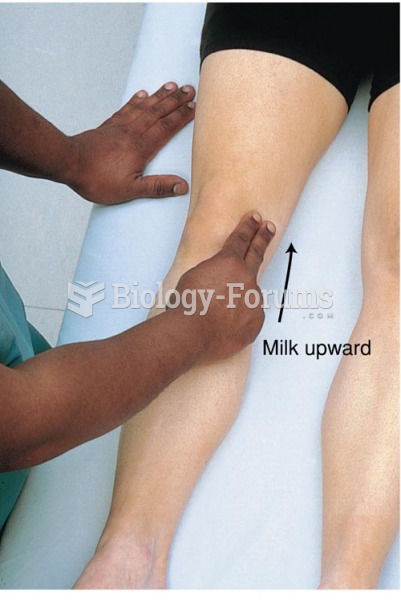Answer to Question 1
Answer: 1, 2, 3
Explanation: 1. Sexual orientation refers to one's preferred choice of sexual or romantic partners or the gender(s) of people to whom one is attracted. Sexual orientation comprises three aspects: attraction, behavior, and identity. Acceptance and coming out are not aspects of sexual orientation.
2. Sexual orientation refers to one's preferred choice of sexual or romantic partners or the gender(s) of people to whom one is attracted. Sexual orientation comprises three aspects: attraction, behavior, and identity. Acceptance and coming out are not aspects of sexual orientation.
3. Sexual orientation refers to one's preferred choice of sexual or romantic partners or the gender(s) of people to whom one is attracted. Sexual orientation comprises three aspects: attraction, behavior, and identity. Acceptance and coming out are not aspects of sexual orientation.
Answer to Question 2
Answer: 1, 2
Explanation: 1. The lesbian, bisexual, or transgender woman who does not live her identity openly must deal with the fear that someone will discover who she really is. Although these women grieve the loss of hiding who they are, the grief is not sanctioned by society and is another source of hidden stress. Lesbians or bisexual women may internalize negative social attitudes to their sexual identities, leading to greater risk of suicide. Coming out causes contradictory feelings of excitement and relief.
2. The lesbian, bisexual, or transgender woman who does not live her identity openly must deal with the fear that someone will discover who she really is. Although these women grieve the loss of hiding who they are, the grief is not sanctioned by society and is another source of hidden stress. Lesbians or bisexual women may internalize negative social attitudes to their sexual identities, leading to greater risk of suicide. Coming out causes contradictory feelings of excitement and relief.







